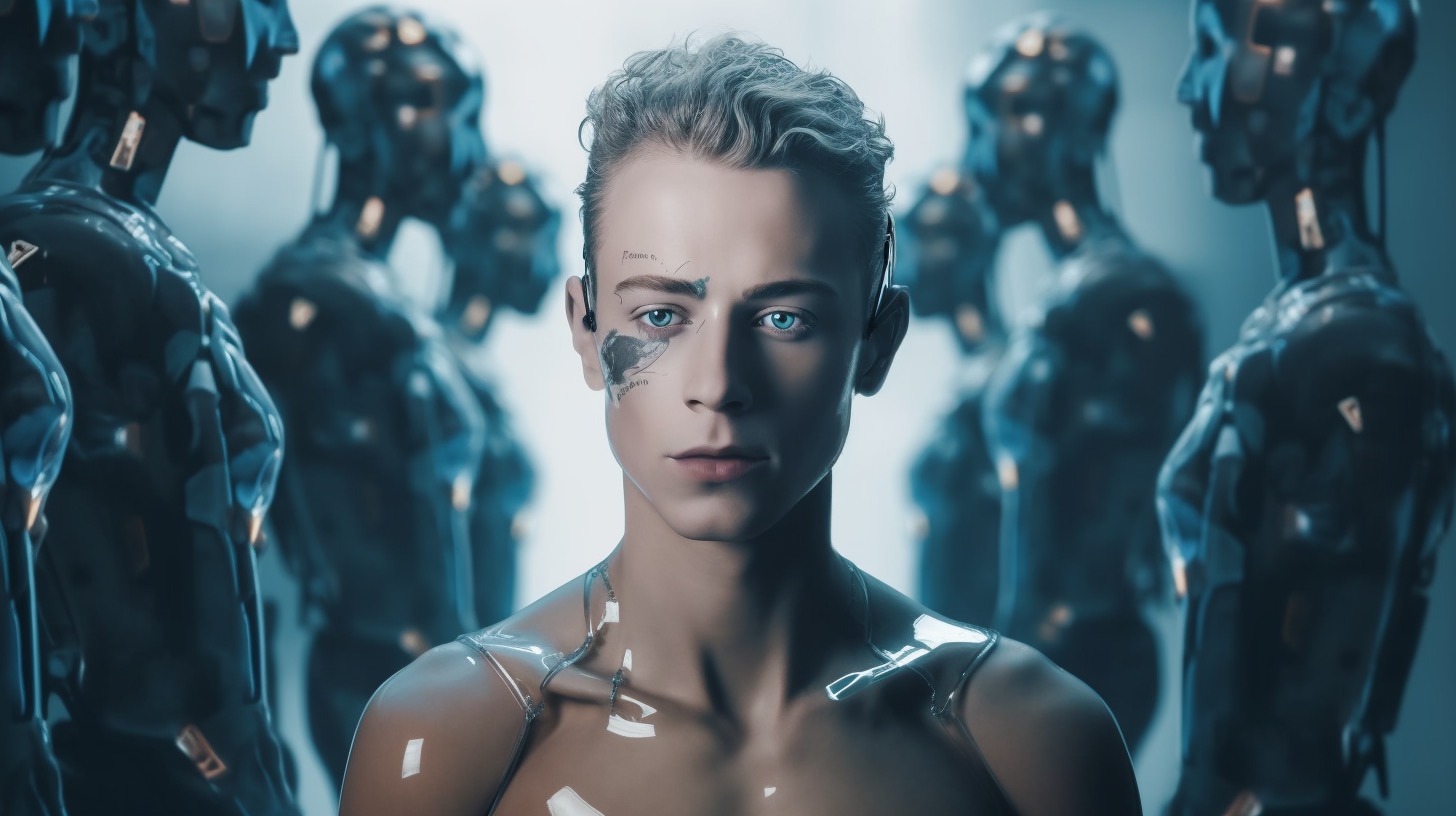Researchers from Dyson Robotics Lab, Imperial College London, and The University of Hong Kong have introduced EscherNet, a groundbreaking multi-view conditioned diffusion model for scalable view synthesis. This innovative model allows for scene re-rendering from diverse perspectives, similar to human vision, and offers exceptional generality and scalability in view synthesis.
Traditional methods in neural 3D representation learning relied heavily on ground-truth 3D geometry, which limited their applicability to small-scale synthetic 3D data. EscherNet, on the other hand, overcomes this limitation by learning implicit 3D representations with the help of specialized camera positional encoding (CaPE). By accurately encoding camera poses for each view, EscherNet facilitates relative camera transformation learning and achieves high-quality results by efficiently encoding high-level semantics and low-level texture details from reference views.
EscherNet integrates a 2D diffusion model and camera positional encoding to handle arbitrary numbers of views for view synthesis. It utilizes Stable Diffusion v1.5 as its backbone and modifies self-attention blocks to ensure consistent target-to-target consistency across multiple views. Despite being trained with a fixed number of reference views, EscherNet has the capability to generate over 100 consistent target views on a single GPU. This unification of single- and multi-image 3D reconstruction tasks makes EscherNet a versatile and powerful tool for various applications in 3D vision.
EscherNet demonstrates superior performance across multiple tasks. In novel view synthesis, it outperforms other 3D diffusion models and neural rendering methods, achieving high-quality results with fewer reference views. Additionally, EscherNet excels in 3D generation, surpassing state-of-the-art models in reconstructing accurate and visually appealing 3D geometry. Its flexibility allows for seamless integration into text-to-3D generation pipelines, producing consistent and realistic results from textual prompts.
With EscherNet, the researchers have made significant advancements in scalable neural architectures for 3D vision. This breakthrough opens up new possibilities in computer vision and graphics, enabling creative applications such as object manipulation, navigation, and scene re-rendering. The potential for further advancements in scalable neural architectures for 3D vision is immense, and EscherNet is at the forefront of this exciting development.
To learn more about EscherNet and its applications, you can check out the research paper and project. The credit for this groundbreaking research goes to the researchers from Dyson Robotics Lab, Imperial College London, and The University of Hong Kong. Stay updated with the latest developments in AI and machine learning by following us on Twitter and Google News. And don’t forget to join our thriving community of ML enthusiasts on Reddit, Facebook, Discord, and LinkedIn. If you love our work, be sure to subscribe to our newsletter for regular updates on the latest advancements in the field.
🚀 LLMWare Launches SLIMs: Small Specialized Function-Calling Models for Multi-Step Automation [Check out all the models]
EscherNet: A Multi-View Conditioned Diffusion Model for Scalable View Synthesis
FAQ:
1. What is EscherNet?
EscherNet is a groundbreaking multi-view conditioned diffusion model for scalable view synthesis. It allows for scene re-rendering from diverse perspectives, mimicking human vision, and offers generality and scalability in view synthesis.
2. How does EscherNet overcome limitations in traditional methods?
Traditional methods in neural 3D representation learning relied on ground-truth 3D geometry, which limited their applicability to small-scale synthetic 3D data. EscherNet overcomes this limitation by learning implicit 3D representations using specialized camera positional encoding (CaPE).
3. How does EscherNet handle arbitrary numbers of views for view synthesis?
EscherNet integrates a 2D diffusion model and camera positional encoding to handle arbitrary numbers of views. It uses Stable Diffusion v1.5 as its backbone and modifies self-attention blocks to ensure consistent target-to-target consistency across multiple views.
4. What tasks does EscherNet excel in?
EscherNet demonstrates superior performance in novel view synthesis, outperforming other 3D diffusion models and neural rendering methods. It also excels in 3D generation, surpassing state-of-the-art models in reconstructing accurate and visually appealing 3D geometry. It can be seamlessly integrated into text-to-3D generation pipelines.
5. How can I learn more about EscherNet?
To learn more about EscherNet and its applications, you can check out the research paper and project. The groundbreaking research was conducted by researchers from Dyson Robotics Lab, Imperial College London, and The University of Hong Kong.
Definitions:
– Ground-truth 3D geometry: This refers to the actual 3D geometry of an object or scene, obtained from various methods such as scanning or modeling.
– Camera positional encoding (CaPE): This is a specialized technique used in EscherNet to accurately encode camera poses for each view, facilitating relative camera transformation learning.
– View synthesis: View synthesis involves generating new views of a scene or object from existing views or reference images.
– Implicit 3D representations: Implicit representations represent 3D geometry without explicitly defining the geometry’s surfaces or boundaries.
– Neural rendering: Neural rendering involves using neural networks to generate images or views of a scene or object.
Related Links:
– Dyson Robotics Lab
– Imperial College London
– The University of Hong Kong
The source of the article is from the blog regiozottegem.be

